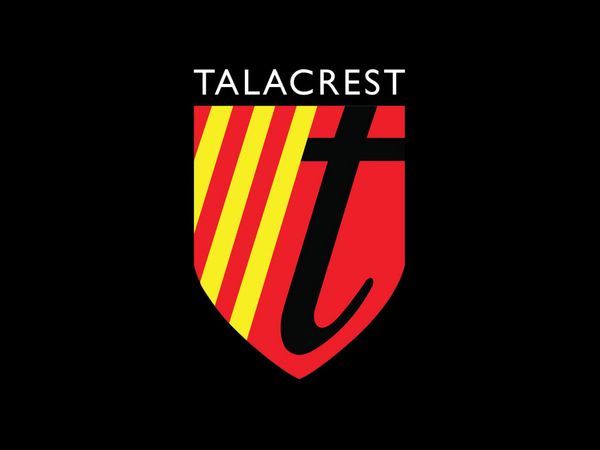20th Sep, 2023 13:00 - 30th Anniversary Sale at The Imperial War Museum | Duxford, Cambridgeshire
Estimate £380,000 - £450,000
Registration No: UC 8791
Chassis No: KM3083
MOT: Exempt
Supplied new to Georgian royal prince Prince George Imeretinsky, one of the ‘Bentley Boys’
Extensively restored in the 1990s to a very high standard
1 of just 667 4.5 Litre Bentleys manufactured
Offered from a private collection in which it has resided since 2011
Delightfully charismatic Le Mans style Tourer coachwork
Presents in excellent condition and has toured France and the United Kingdom on several occasions
W.O. Bentley proudly debuted the new 3-Litre car bearing his name at the 1919 Olympia Motor Exhibition, with the prototype engine having only fired up for the first time just a few weeks previous. In only mildly developed form, this was the model that became a legend in motor racing history and which, with its leather-strapped bonnet, classical radiator design, and British Racing Green livery has become the archetypal vintage sports car and the desire of many a collector and motoring enthusiast. Early success in the 1922 Isle of Man Tourist Trophy, when Bentleys finished second, fourth, and fifth to take the Team Prize, led to the introduction of the TT Replica (later known as the Speed Model). However, by the middle of the decade the 3-Litre's competitiveness was on the wane and this, together with the fact that too many customers had been tempted to fit unsuitably heavy coachwork to the excellent 3-Litre chassis rather than accept the expense and complexity of Bentley's 6½-Litre 'Silent Six', led to the introduction of the '4½'.
The new 4½-Litre model effectively employed the chassis, transmission, and brakes of the 3-Litre car, combined with an engine that was, in essence, two-thirds of the six-cylinder 6½-litre unit. Thus, the new four-cylinder motor retained the six's 100x140mm bore/stroke and Bentley's familiar four valves per cylinder fixed head architecture, yet reverted to the front-end vertical camshaft drive of the 3-Litre. Bentley Motors lost no time in race-proving its new car, with it believed that the first prototype engine went into the 3-Litre chassis of the 1927 Le Mans practice car. Subsequently, this same engine was fitted to the first production 4½-Litre chassis for that year's Grand Prix d'Endurance at the Sarthe circuit. The original 4½-Litre car, nicknamed by the team 'Old Mother Gun' and driven by Frank Clement and Leslie Callingham, promptly set the fastest race lap of 73.41mph before being eliminated in the infamous 'White House Crash' multiple pile-up. In racing trim, a properly prepared 4½-Litre was capable of 120 mph, which was considered quite remarkable for the era.
The 4½-Litre was produced for four years, with all but 10 of the 667 cars being built on the 3-Litre's 'Long Standard', 10' 10½"-wheelbase chassis. Purchasers of the 4½-Litre model were, in common with those of all Vintage-period Bentleys, free to specify their preferences from a very considerable range of mechanical and electrical equipment, in addition to whatever body style and coachbuilder might be required.
























